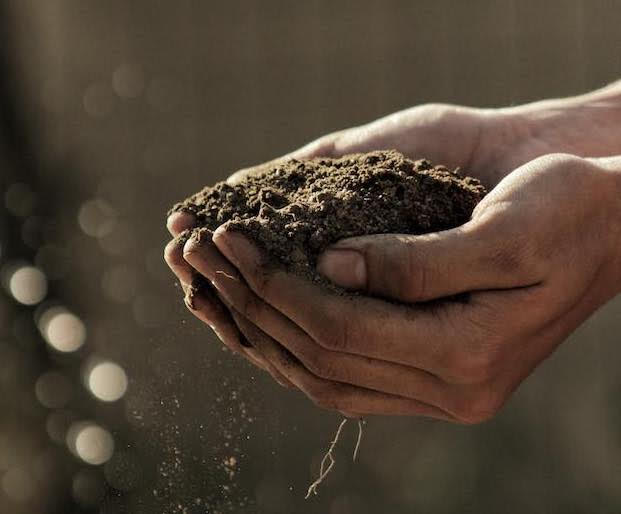Flooding Damage To Soil

Understanding the Impact of Flooding on Soil
Flooding adversely affects soil in a multitude of ways:
- Erosion and Compaction: The force of floodwaters can strip away topsoil layers, leading to erosion. This process often results in compaction of the remaining soil, diminishing its ability to support plant life.
- Chemical Imbalance: The floodwaters can alter the soil’s chemical makeup, potentially increasing acidity and disrupting nutrient and mineral balances.
- Pollutants and Bacteria: The introduction of pollutants and harmful bacteria into the soil is another consequence of flooding, which can further degrade soil quality.
- Anaerobic Conditions: Repeated flooding can create anaerobic (oxygen-deprived) conditions in the soil, which are detrimental to plant growth and soil fertility.
Strategies for Restoring Flood-Damaged Soil
Restoring soil health post-flooding involves a series of steps, each aimed at improving soil structure, fertility, and overall condition:
- Incorporate Organic Matter: Enhancing soil with compost, manure, or green manure can boost its structure, fertility, and moisture retention.
- Reduce Tillage: Overtillage harm soil structure and can lead to erosion. Limiting tillage preserves soil integrity and encourages beneficial microorganisms.
- Employ Cover Crops: These crops shield soil from further erosion and contribute organic matter.
- Balance Soil pH with Lime: In cases of excessive soil acidity, lime application can neutralise pH levels, creating a more plant-friendly environment.
- Appropriate Fertilisation: Replenishing essential nutrients through careful fertilisation is crucial, but it’s important to avoid over-fertilization.
- Promote Deep Root Growth: Encouraging plants with deep root systems can help break up compacted soil, enhancing water infiltration.
- Implement Conservation Techniques: Techniques like terracing, contour ploughing, and crop rotation are effective in reducing erosion and bolstering soil health.
Restoring soil health is a gradual process that combines various techniques and consistent management practices. It often necessitates soil testing and ongoing monitoring to achieve and maintain optimal soil conditions.
Initial Response to Flooded Soil in a Vegetable Patch
In response to your specific query about a flooded vegetable patch:
- Gentle Cultivation: Lightly fork over the soil, taking care to avoid damage to root crops and other plants.
- Introduce Earthworms: Adding worms can aid in soil restoration.
Apply Light Organic Matter: Cover the soil with mushroom compost or lawn grass clippings. This not only feeds the earthworms but also aids in rebuilding soil structure.




